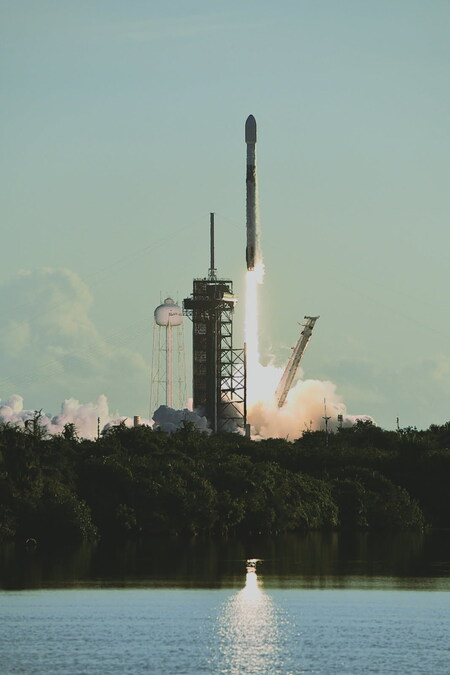BAE Systems has achieved a major milestone with the successful launch of the Carruthers Geocorona Observatory and the SWFO-L1 spacecraft. These advanced satellites, developed in partnership with NASA and NOAA, will play a crucial role in studying and monitoring space weather and its effects on Earth’s exosphere.

Both observatories will gather vital data on how solar activity influences the near-Earth environment. This information will help scientists understand and forecast space weather events such as solar flares, geomagnetic storms, and their potential impacts on communication systems, power grids, and satellites. The Carruthers Geocorona Observatory focuses specifically on Earth’s exosphere, while the SWFO-L1 spacecraft will monitor solar wind and its interaction with our planet.
Why This Launch Matters
Space weather has a direct effect on our daily lives—from GPS navigation to air travel and even the stability of electrical grids. By providing real-time monitoring, these satellites will enable better preparation for potential disturbances, safeguarding both technology and infrastructure.
Looking Forward
The successful deployment of these satellites marks a leap forward in space weather research. BAE Systems, NASA, and NOAA continue to lead the charge in developing innovative tools to protect and inform our increasingly connected world.
Sources:
Source
















